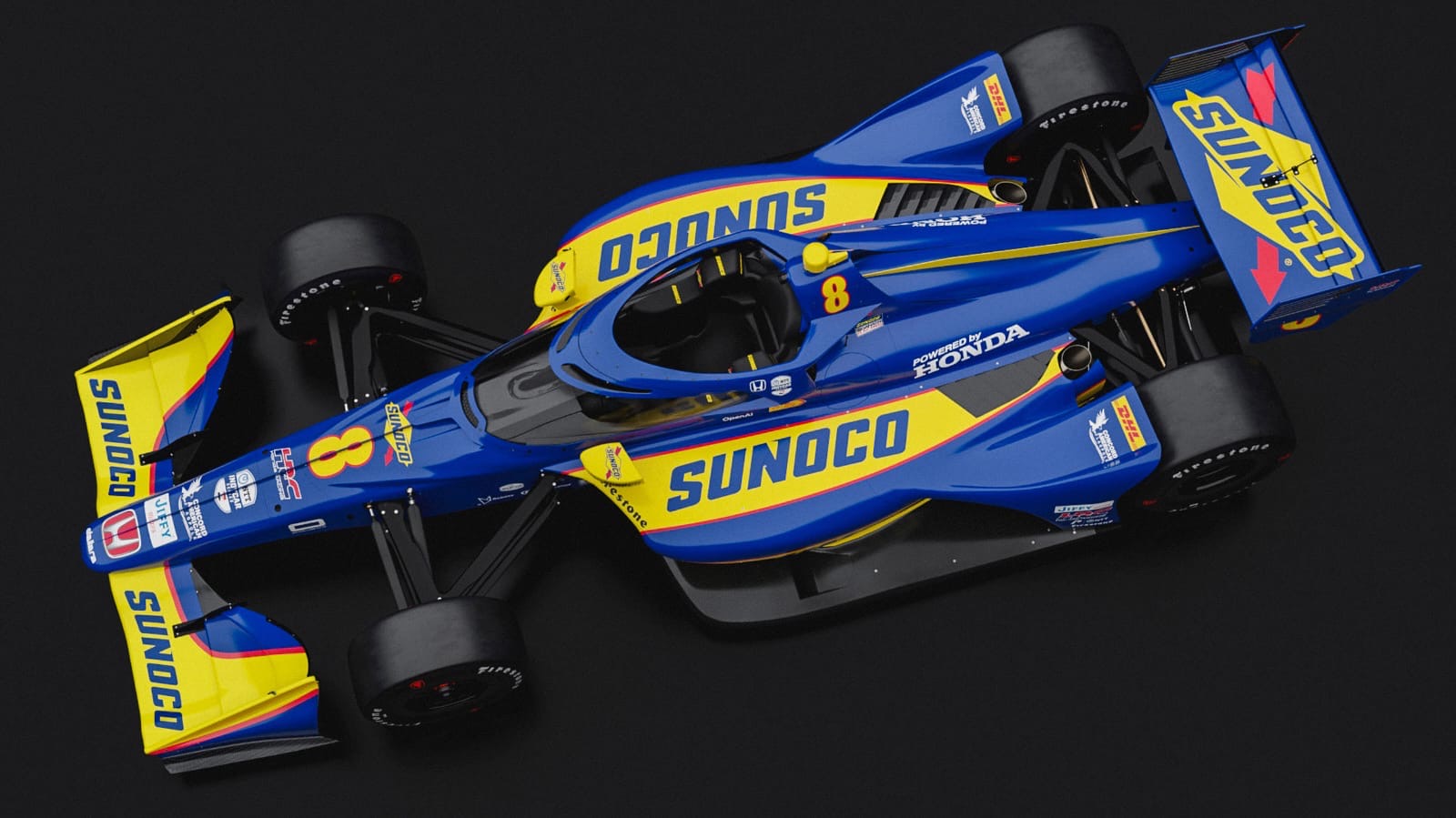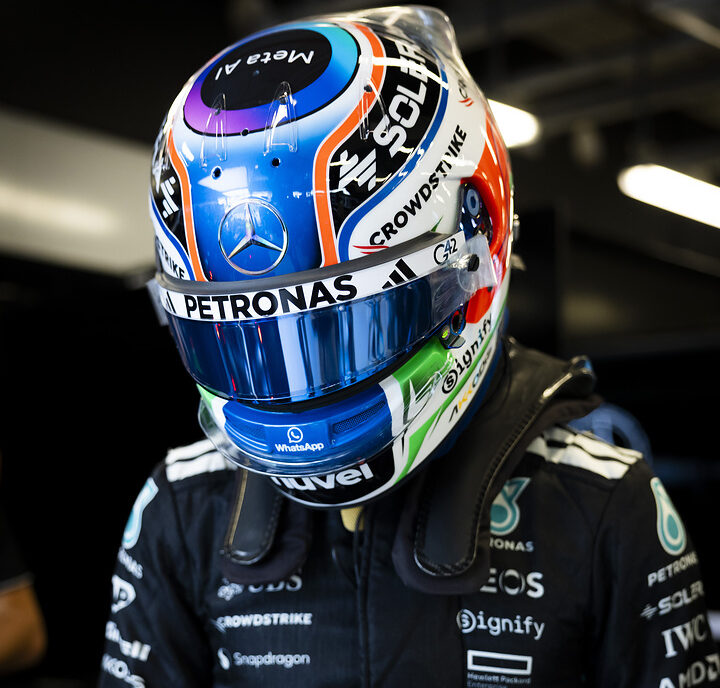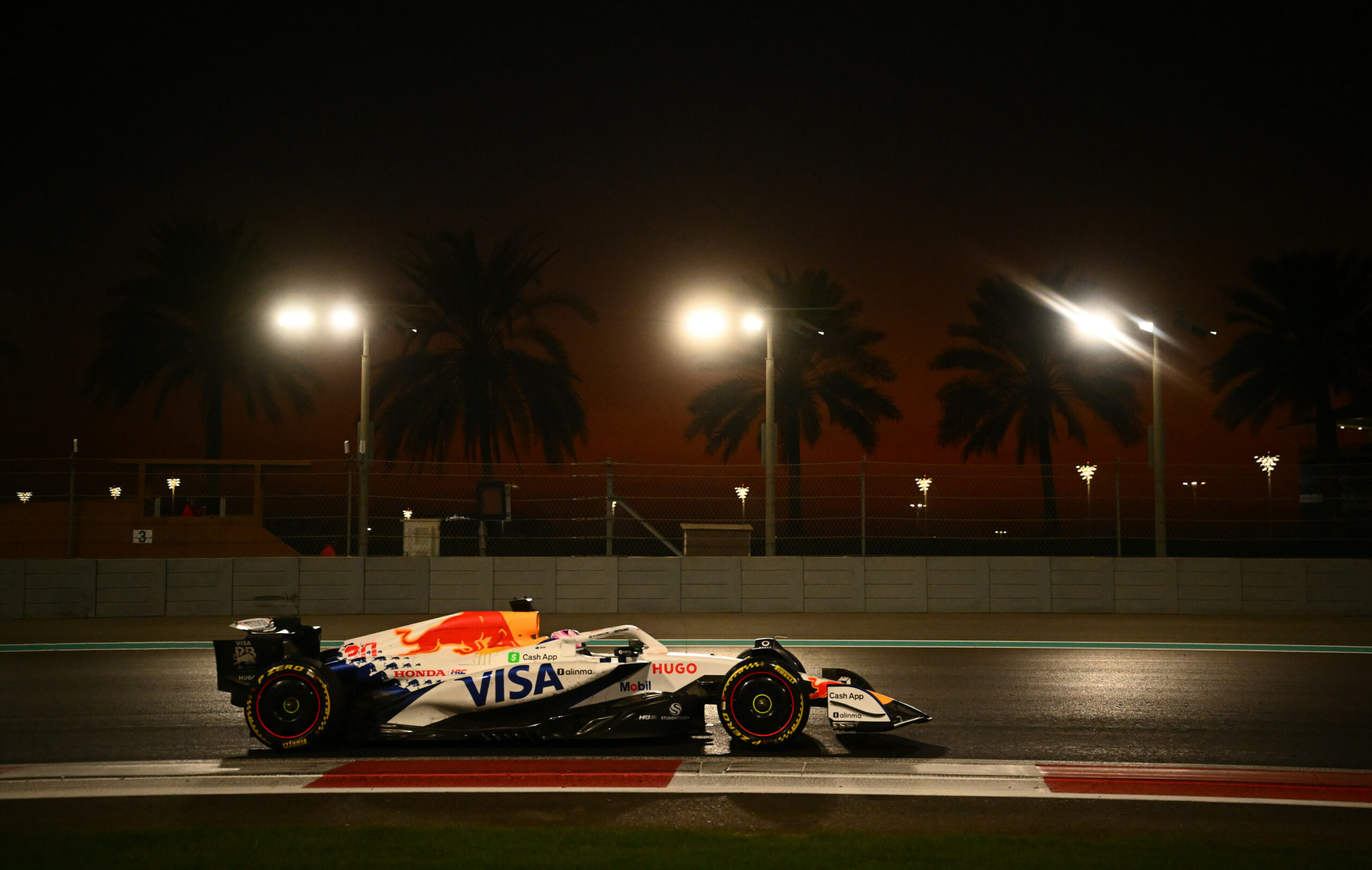Trinidad and Tobago, a twin-island republic at the southern edge of the Caribbean, is globally renowned for Carnival, calypso, soca, and the invention of the steelpan. On the sporting stage, the nation has produced Olympic medallists in athletics, cricket legends, and football teams that have captured international attention. Yet motorsport, though a vibrant tradition at home, remains largely invisible beyond the Caribbean.
For decades, the beating heart of racing on the islands was the Wallerfield International Raceway. This circuit was more than just tarmac and turns — it was a gathering place where drivers tested their courage and fans experienced the thrill of speed. Thousands would flock to Wallerfield to watch Caribbean rivals battle for glory. Among the fiercest competitors were members of the Boodram family. Frankie Boodram became one of the first great names of Trinidadian racing, later passing the torch to his son Franklyn, who carved out his own reputation in both local and regional competitions.
Today, that story enters a new chapter with Zachary Boodram, Frankie’s grandson and Franklyn’s son, who is taking the family name into international GT racing.
Charting the rise of a Trini racer
Despite his young age, Zachary Boodram has already lived a lifetime in motorsport. His racing career began at the age of 12, a relatively late start compared to international drivers who are often groomed from the age of five or six. Yet in only two years, he had progressed from karting to the Formula 4 Mexican Championship. There, he harboured dreams of advancing up the single-seater ladder towards Formula 1 — the pinnacle of motorsport.
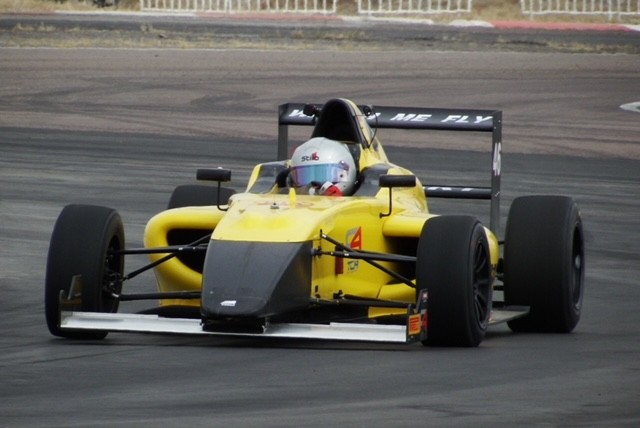
That dream, however, required millions of dollars in sponsorship, a reality that drivers from smaller nations often face as a brick wall. For Boodram, the financial support was simply not there. Reluctantly, he stepped back from chasing F1 and returned home to Trinidad to continue his career in another way.
Back on the local scene, Boodram wasted no time in establishing himself as the nation’s most exciting driver. He won the TT Group Four Championship twice, in 2021 and 2022. In 2023, he claimed the Tobago Hill Climb crown and set a new record in the “King of the Hill” event. His list of accolades stretched further back, with a TT One-Hour Endurance title in 2019, victory at the Rotax International Championship in 2015, and triumph in the Future Champion Challenge in 2014. Even his runner-up finishes at the Junior Max Championship (2015) and Mini Junior Max Championship (2013) showed consistency across disciplines.
An international breakthrough
In 2024, Boodram made his breakthrough onto the international GT stage. Driving a Lamborghini Huracán GT3, he stunned regional rivals in his debut at the Panama Grand Prix of the GT Challenge de las Américas on 28 July. He had qualified on pole with a blistering lap time of 59.888 seconds — the only driver to dip below the one-minute mark. Although a safety-car incident cost him the lead in the first race, forcing him to settle for second behind Guatemala’s Juan Diego Hernández, he stormed back in the final race. Trading the lead back and forth with Hernández, Boodram made his decisive move three laps from the finish, overtaking his rival and holding firm to the chequered flag.
Later that year, he returned to the championship for an even bigger prize. On 2 December, in Costa Rica, he captured the GT Challenge de las Américas three-hour Absolute Champion title. In doing so, he made history as the first Trinidad and Tobago driver to win an event previously dominated by Latin American drivers.
Now, in 2025, Boodram continues to fly the Trinidad and Tobago flag in the GT Challenge de las Américas, joined by his father Franklyn. Their presence on the grid is not only symbolic of family legacy but also of national pride.
Another chapter in the family legacy
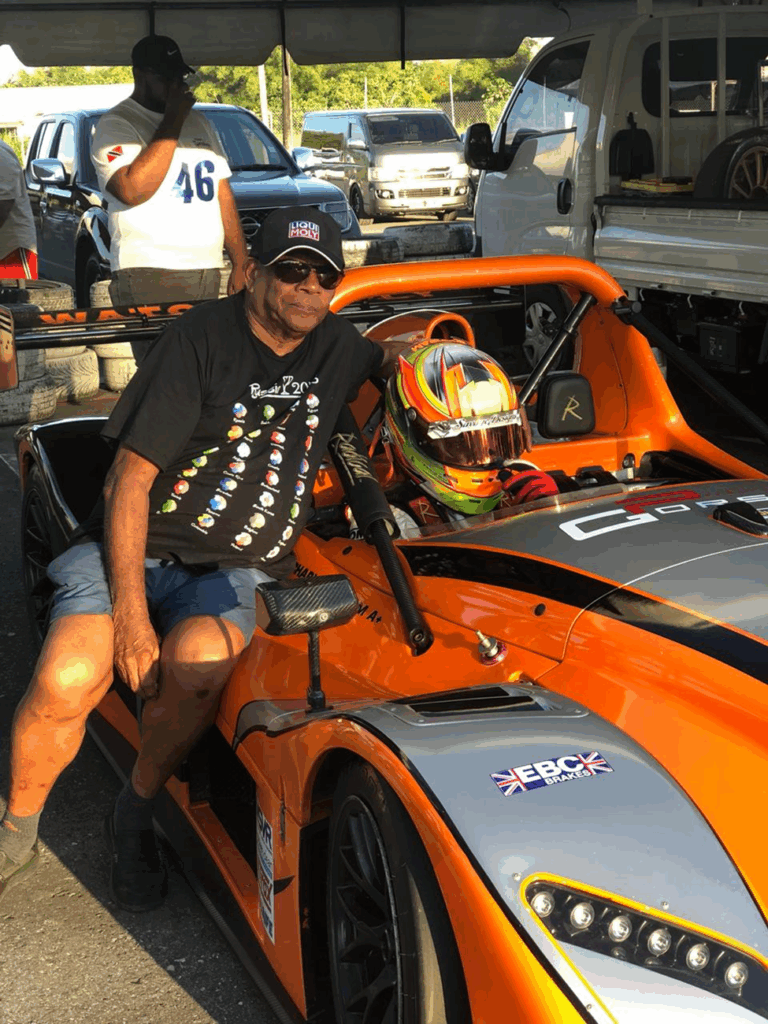
With a grandfather and father already cemented in Caribbean motorsport history, it might seem inevitable that Boodram would step into racing. From his earliest memories, the paddock was his playground, filled with the smells of petrol and rubber and the stories of past victories and defeats. For him, motorsport was not a curiosity but an inheritance.
“So basically, because my granddad and my dad have been racing in like the Caribbean for most of their lives, it has always been a thing that, from ever since I can remember, that was the plan. I would always start off karting and work my way up.”
What might have been a heavy burden was instead a source of motivation. Boodram insists that he was never forced into the sport. The desire to race came from within, born of admiration for his father and grandfather and a longing to be part of the same story.
“They always wanted me to drive and I guess being around it so much as a child, it was just something that I always wanted to do. It’s not something I was forced to do or anything like that. It’s just like I was around it and I wanted it to be just like my dad or my granddad or just like everyone else racing. I just wanted to do it.”
A late start in karting
For all his passion, Boodram’s competitive start came later than most of his international peers. In a sport where drivers like Lewis Hamilton and Max Verstappen were racing by six or seven, he did not get behind the wheel of a kart until he was nearly 12.
“So, I started off karting pretty late compared to most kids. I started carting at around 12, 11 or 12, somewhere around there, which is pretty late compared to a lot of people who started karting at eight years old and six years old and [so on]. But I still was around motorsport and everything all up until 12 years old.”
The delay had less to do with him and more to do with the state of Trinidadian motorsport. When Wallerfield Raceway closed in 2006, the country lost its premier racing venue. Competitive motorsport, once the pride of Trinidad, nearly disappeared.
“But we lost the Wallerfield track in 2006. So, I was probably somewhere around eight or nine. I can’t remember offhand, somewhere around there. So, motorsport basically ceased to exist, all up until then. And then the Karting Association started back and that, and then they moved to the Arima Track car park. And well, yeah, I started from there.”
Early promise and rivalries
Once Boodram finally started, his progress was rapid. His pace and precision quickly marked him as a driver to watch, and within months he was given the chance to race across two categories.
“I started around 12, I think 11 or 12, somewhere around there, starting in Cadets. And then, within like a couple of months, they were like, ‘well, he’s doing really good in Cadets, maybe we should let him run two classes at the same time.’ So that’s what ended up happening.”
That first season brought him the Cadet Championship. In Mini MAX, he joined late but still managed second place overall. His fiercest rival during those formative years was Enrique de Leon, whose rivalry sharpened his competitive instincts.
“I ran Cadets, won the championship in Cadets, and then started Mini MAX, like maybe three events or something in the year and came second in championship because, well, I started late, and I couldn’t make the points up. And then Enrique de Leon was like my main competitor in MiniMAX and then throughout all my karting years, it was basically me and Enrique fighting it off all the time.”
The battles with de Leon gave him racecraft that no practice session could provide — lessons in patience, aggression, and strategy.
A shift to GT Racing

Boodram’s path initially seemed destined for single-seaters. Competing in the Formula 4 Mexican Championship put him on the radar of international scouts, but without the necessary backing, he returned to Trinidad to continue competing on local circuits. It was a pragmatic choice, but one that kept him sharp and in contention.
His entry into GT racing, however, was almost accidental. The family’s Renault RS 01 was supposed to compete in Panama, with Franklyn at the wheel.
“So we started, as I said, GT Challenge two years ago. It really wasn’t even supposed to be me that was supposed to race in the series. It was supposed to be my dad, which is the Renault [RS 01].”
At the same time, the family had just acquired a Lamborghini Huracán GT3. The plan was for Boodram to familiarise himself with the car slowly, building pace over time.
“The Renault was supposed to go to Panama after the Speed Jam event locally in Trinidad. And at that time, I only acquired the Lamborghini [HuracanGT3] like two weeks or something. So before the cars were supposed to ship to Panama, and I said, well, maybe I’ll send the Lamborghini to Panama, and I will run and get used to the car. We’ll slowly get competitive, and we’ll be fine.”
When opportunity came knocking
As fate would have it, the Renault suffered a mechanical failure in Panama. With no time for repairs, the Lamborghini became the only option.
“And when we reached Panama for the event, the Renault blew the actuator, which is the thing that shifts the gears on the gearbox. But when we realised that was happening, and we couldn’t get the parts in time, we decided, ‘hey, well, we’ll put our best foot forward and drive the Lamborghini. Yeah, I will drive it. I will try my best and see if we can at least score good and do fine.’ And well, turns out that we did extremely well. And I think I came second in one, and then second race, I came first place, and that basically started it all.”
What began as a desperate fallback became a breakthrough performance. Boodram had arrived on the GT stage.
Establishing himself on the GT stage
Encouraged by that result, Boodram and Team Speedway committed to the championship. With each new track and each new country, Boodram proved that his performance in Panama was no fluke.
“We made the decision that, ‘hey, well, we’re pretty competitive. Let’s continue the championship and see how it goes.’ And well, as the tracks came and the different countries came, we realised, well, ‘I’m doing really good, so we stay in the championship.’ And I missed only one event, which was the first one last year.”
Missing the first round cost him the overall crown, but his consistency earned him second place overall — an extraordinary debut for a driver representing a country seldom seen in international GT competition.
“If we ran in that one, maybe I would have won the championship. But it turned out that we missed it because we were still in Trinidad, and we’re still making up our minds and stuff. So, we ended up coming second in championship for the Lamborghini. The Renault, unfortunately, finally rectified the problem it had this year in January. So that car has now started the championship for the first time, which my dad drives, and I drive the Lamborghini.”
Team Speedway: Three generations, one dream
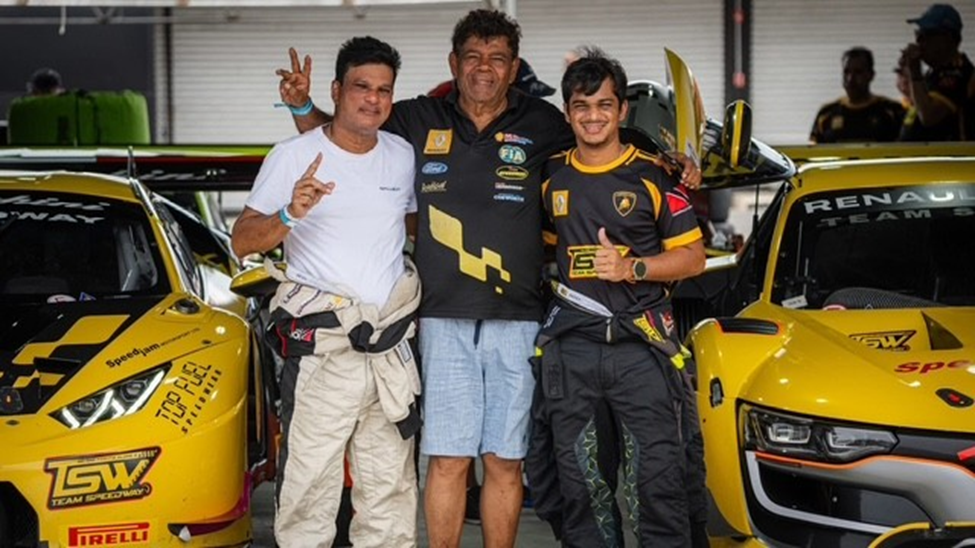
For Boodram, victories matter — but so does what they represent. His success is not an individual pursuit but part of a three-generation story. Racing has always been a family affair, and sharing that journey across decades has created memories that mean as much as the trophies.
“Yeah, it’s really fun,” he replied when asked how he felt about sharing the track with his father. “It’s nice that we get to share a family bonding experience like that. Racing is a massive part of my entire family. So doing that with my dad is really fun. Sometimes in Trinidad, I get to drive with my dad and my granddad on the same track at the same time, which is always fun.”
Taking up the mantle
As his father gradually shifts from team manager to pure driver, Boodram has stepped up to take on greater responsibility. Team Speedway is now his to run, a legacy passed from his grandfather to his father, and now to him.
“It’s really fun to help my dad as he’s older now. He has given me basically the authority now to continue the team. My granddad started the team back in the day, and well, my dad ran the team, and well, now I’m running the team. So, Team Speedway has three full generations in it. And well, now I fully basically control the entire team. My dad still has the final say on things.”
The role goes far beyond just driving.
“But I run the day-to-day on dealing with everything to the cars, maintaining the cars, and including all the media stuff and everything. Shout out to everyone that helps with that. But yeah, I control the media and the day-to-day of the team. My dad basically is arrive and drive now. He enjoys his car. He doesn’t have to worry about the day-to-day running of the teams or anything like that [so] he fully can focus on driving and enjoying himself.”
Redefining Trinbagonian motorsport
Boodram’s rise has changed perceptions. For Trinidad and Tobago — a country rarely associated with motorsport on the world stage — his victories in Panama and Costa Rica were seismic. They proved that Caribbean drivers could not only compete but also defeat seasoned Latin American teams in their own arena.
His career is still unfolding, and greater challenges lie ahead. But whether he is managing Team Speedway’s day-to-day operations, battling rivals on the GT track, or representing his country’s colours abroad, Boodram is more than just a driver. He is the embodiment of a legacy, the bearer of a family dream, and a pioneer for Caribbean motorsport.



